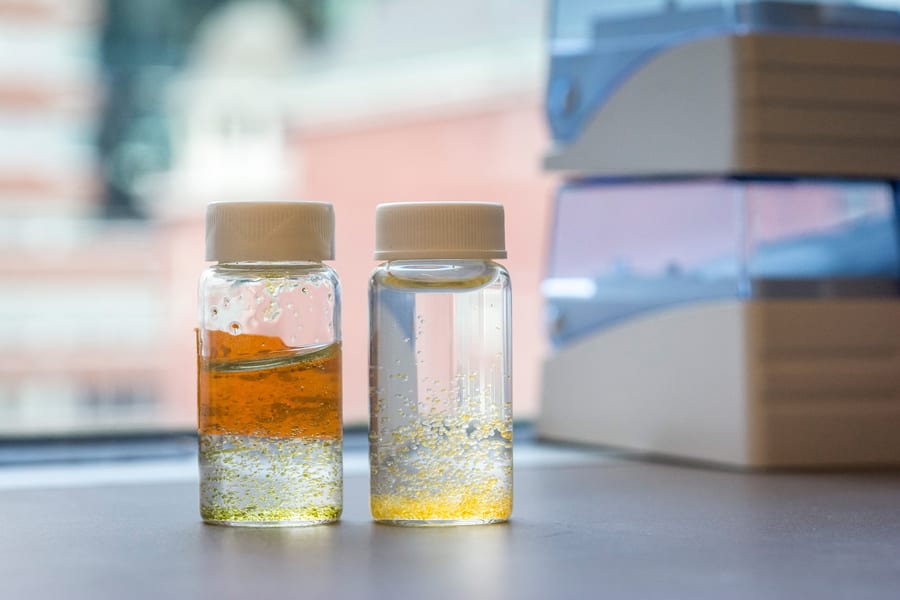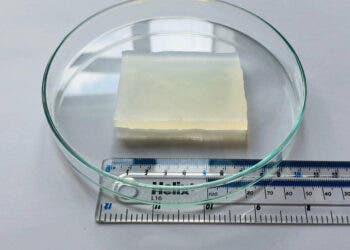Micropollutants, chemically diverse materials that can be harmful to human health and the environment, are usually removed from water with activated carbon filters. However, creating these filters is an energy-intensive process, requiring high temperatures and large facilities. Now, researchers have come up with an alternative — a hydrogel.

“Zwitterionic” is not a word you hear too often. But you’re about to hear it a lot here.
Patrick Doyle of the MIT Department of Chemical Engineering and a team of researchers worked with zwitterionic hydrogels to filter both organic and inorganic micropollutants from water with minimal operational complexity. Zwitterionic molecules are those that have an equal number of positive and negative charges.
An attractive option
Just as a magnet has a north and south pole, a zwitterion is dipolar, carrying a positive charge on one side and negative charge on the other. Because many organic and inorganic micropollutants are charged, the researchers have been looking at how to use zwitterionic molecules to capture them.
These unique molecules have been used in the past as coating on membranes used for water treatment because of their nonfouling properties. But in the newly created system, they are used to form the backbone within the hydrogel — a three-dimensional porous network of polymer chains that is infused with a substantial water content.
“Zwitterionic molecules have very strong attraction to water compared to other materials which are used to make hydrogels or polymers,” Devashish Gokhale, study author, said in a news release. Also, their positive and negative charges make the hydrogels have lower compressibility, which makes the hydrogels porous and robust.
This is an important feature that allows for scaling up of a hydrogel-based system for use in water treatment, the researchers said. They are now working to commercialize the system for both at-home and industrial-scale applications. Initial tests show that the hydrogels can eliminate six chemically diverse micropollutants at least 10 times faster than activated carbon.
Greener cleaning
About four kilograms of coal are needed to make one kilogram of activated carbon, according to Gokhale. This means a lot of carbon dioxide is released into the environment. The World Economic Forum estimates that global water and wastewater treatment accounts for 5% of annual emissions. Just in the US, it emits 45 million tons per year.
This raises the need to create methods that have smaller climate footprints than activated carbon. This is where the new hydrogel system enters the fold. Also, as countries start to more carefully regulate the safety of their water resources, as with the EPA’s recent proposal to regulate PFAS chemicals, the need for effective water treatment processes grows.
“You have whole technologies which are focusing only on PFAS, and then you have other technologies for lead and metals. When you start thinking about removing all of these contaminants from water, you end up with designs which have a very large number of unit operations. And that’s an issue,” Gokhale said in a news release.
The study was published in the journal Nature Water.






